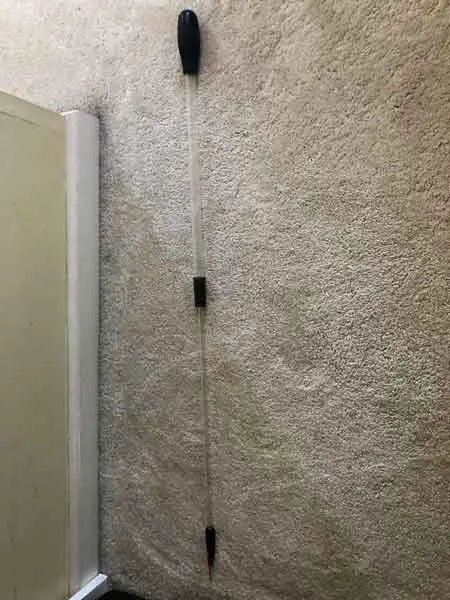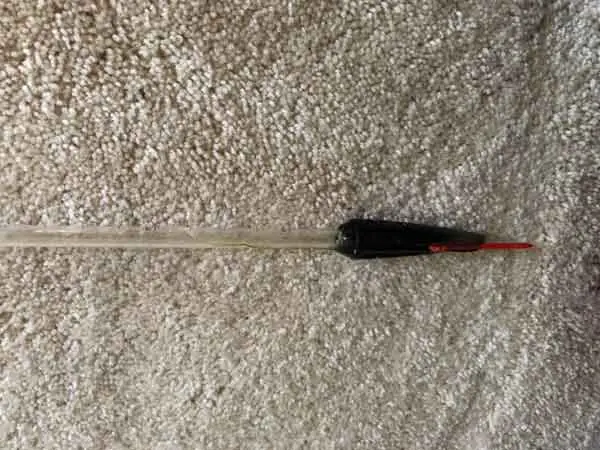Best Tools to Spot Feed Corals
Many corals get a significant amount of their nutrition from the sun, through a commensal relationship they have with photosynthetic organisms hosted within their bodies–they share this ability to make nourishing sugars with plants and algae, but one (of many) big differences between plants and corals is that corals are animals–and generally speaking, coral animals need to be feed.
What they eat varies from species to species.
Many coral species have specially adapted feeding polyps that are great a plucking appropriately sized plankton and other small food sources from the water column on a reef, while other corals are thought to simply absorb nutrients from the water, without any directly observable prey-capture/feeding response.
Regardless of the feeding mechanism, the notion of feeding the animals we keep submerged in our glass or acrylic boxes we call aquariums in our homes can be a bit challenging, especially for those of us fortunate enough to have tanks large enough that reaching our prized corals can be a bit challenging.
Luckily for us, there are a few tools available to help make the job of feeding corals easier–but which one is the right one for your saltwater aquarium?
Let's take a closer look at two of the more popular tools: Julian's Thing vs. Kent Marine Sea Squirt Feeder to see which is the better tool for your saltwater reef aquarium.
Product Review of Julian's Thing Coral Feeder


Julian's Thing, the odd name given by Two Little Fishies company for an even stranger looking coral feeder device, is a popular option for feeding your corals and other aquarium applications.
Some assembly required.
Julian's thing comes shipped as a bag of small plastic parts. You can see each of the parts in the image above. There is a relatively substantial feeling syringe base that allows you to draw up the liquid with a 'spreading-your-fingers' motion.

But that piece attaches to a coiled tube (like airline hosing but a bit stiffer). That piece connects to an adapter that connects to a wider diameter soft plastic tube which then attaches to a rigid tube (or 2), then finally to the last adapter piece before you insert it into the feeding tip.
The end result of this is the creation of Dr. Frankenstein's aquarium feeding monster.
The reservoir is quite large, compared with the Sea Squirt Feeder, it took a few tries, but I was able to suck up about 20 mL of fluid, vs. 10 mL
Here's a tip
When assembling your Julian's Thing, I strongly recommend you heat up a mug of water in the microwave and dip the end of your soft plastic adapter pieces in the water for ~15 seconds before trying to connect them to the rigid pipes.
This step of the process was frustrating to me. I scraped my knuckles a few times, trying to get the damn tube to go over the pipe.
Eventually, I got it together. Never bothered to put the second extension tube on. it was already difficult enough.
Since you assemble this with a series of rigid and flexible parts, it bends at each of the joints and feels like it could break apart at any time, although it does seem relatively soundly connected.

Pros
- Compact and can be disassembled easily for washing
- Can draw in a large amount of fluid ~20 mL
- The syringe suction (with finger-holes) feels quite substantial and is easier to control on the intake side than squeezing a bulb
Cons
- The semi-rigid construction feels strange/cheap and makes reaching into precise corners of my tank a bit more complicated
- Since there is so much dead-space air in the tube, dispensing was a bit delayed/imprecise–after pushing the plunger all the way down, it 'bounced back' a bit and required a much slower, constant pressure to get the air (and water) all the way out, making precise dispensing of a few mL at a time a bit clunky
- No apparatus for feeding larger, meatier foods
Product Review of Kent Marine Sea Squirt Feeder

The Sea Squirt Feeder, manufactured by Kent Marine comes easy-to-use, right out of the package. It sits as a total length of about 20 inches (from the dispensing tip to the top of the bulb and extends to just under 3 feet (35 inches).

It is super-simple to extend the length just pull on one end and the tube telescopes out to the maximum length or any length in between.
At the end of the dispensing tip, it also has a retractable plastic 'toothpick' attachment that could be used to spear and deliver meatier foods to larger animals.

The bulb is heavy-duty and creates good suction. The tube is graduated and has measurement marks from 1 to 8 mL if you want to precisely dose something like phytoplankton.
One normal squeeze of the bulb will pull more than 8 mL up into the tube.
Pros
- Easy to use and easy to extend
- Reaches everywhere in my 92-gallon bow-front aquarium
- Delivers ~ 10 mL food in measurable increments
- Retractable toothpick enables the use of meatier foods
- Can be taken apart for washing
- Lower cost
Cons
- It's a bit bulky, even when fully retracted–sits higher than a water change bucket
Conclusions
Both Julian's Thing and the Sea Squirt are reasonable solutions to help you target-feed the invertebrates in your tank, but in this head-to-head challenge, the Sea Squirt Feeder gets my vote as the superior tool for most reef aquarium applications.
No assembly required, the Sea Squirt reaches 35 inches into the tank (or longer with the toothpick extended) and has a solid build which makes it easy to direct with precise motions into hard-to-reach spaces.

Buy on Amazon
Julian's thing, on the other hand, is a bit harder to use because it requires assembly–and the construction, even after assembly, makes it more complicated to precisely aim where you want it to go or to dispense the amount of fluid you wanted.
Both tools will get the job done, but for my money (and I love my money), the easier-to-use and lower-cost Sea Squirt tool comes out of the package, ready to go and gets my vote for as the superior tool.
If you want to check out other product review articles, check out:
- A comparison of the top aquarium salts
- Picking the best protein skimmer
- Aquarium chiller product review
What do you think?
Do you have a preferred feeding tool? Please leave a comment below
Source: https://www.saltwateraquariumblog.com/julians-thing-vs-sea-squirt/
0 Response to "Best Tools to Spot Feed Corals"
Post a Comment